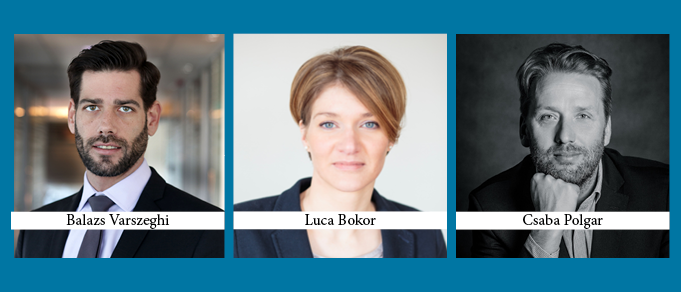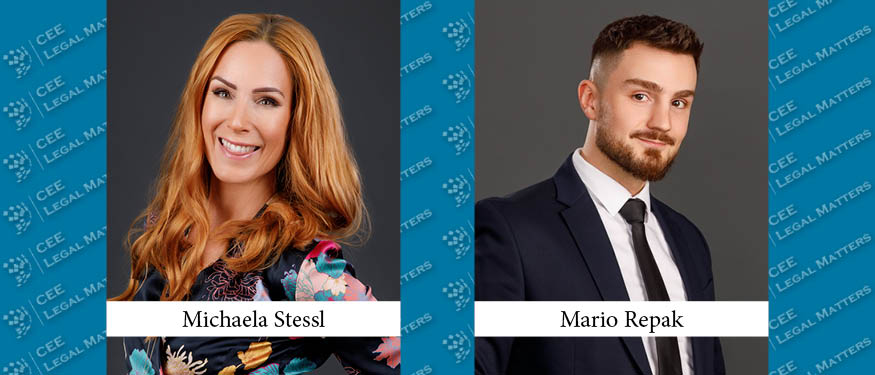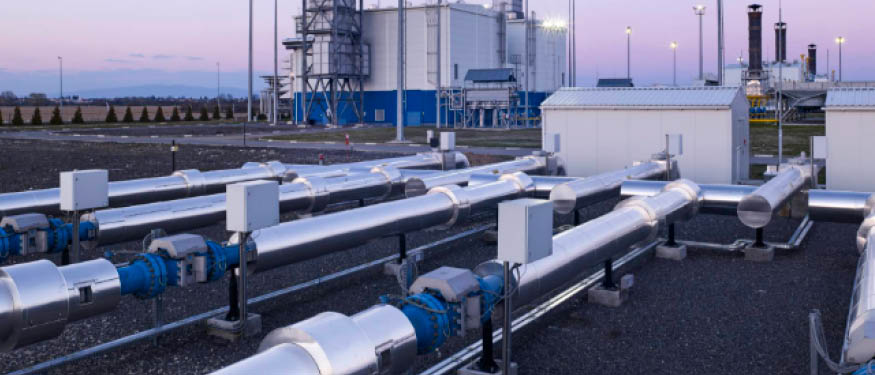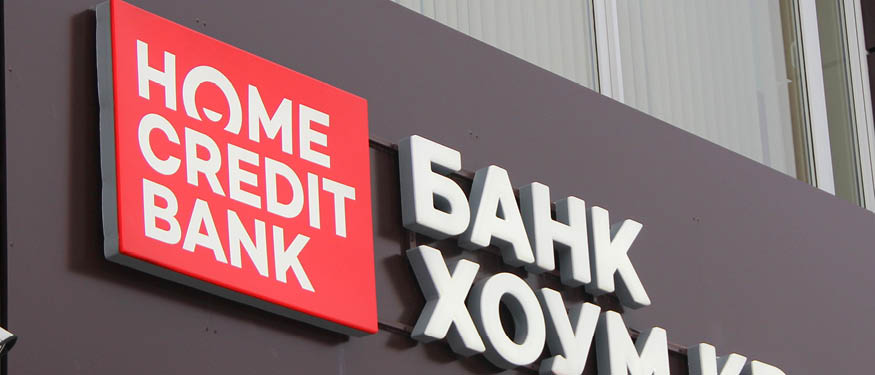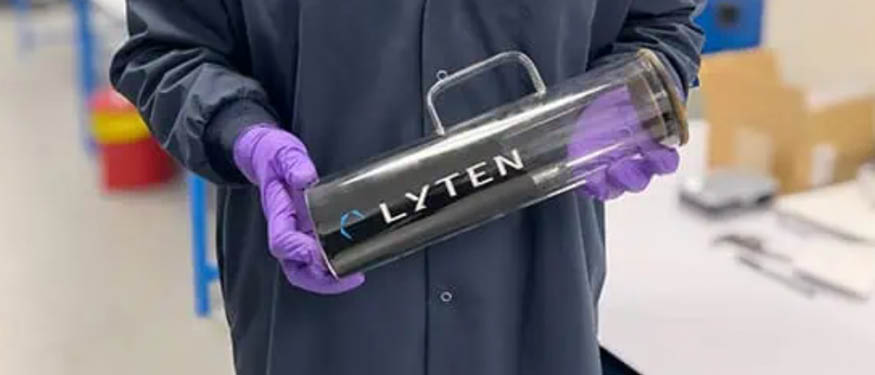In January 2019 CEE Legal Matters reported that Deloitte Legal had advised K&H Bank on long-term non-recourse project financing provided to Photon Energy Group for Photon Energy’s 11.5 MWp proprietary PV power plant portfolio in Hungary. Pontes Budapest advised Photon Energy on the deal. We reached out to both firms for more information.
The Players:
- Counsel for K&H Bank: Luca Bokor and Balazs Varszeghi, Partner Associates, Deloitte Legal
- Counsel for Photon Energy: Csaba Polgar, Partner, Pontes Budapest
CEELM: Luca and Balazs, how did Deloitte Legal become involved with K&H Bank on this matter?
LUCA: After taking part in a number of solar projects, Deloitte held a workshop for K&H on the financing of solar plants back in 2017. Throughout the workshop, which we put together with the financial and technical advisory team of Deloitte, we were able to answer complex and specific questions K&H raised regarding such projects, and we must have made a positive impression. I think that the workshop was a good example for the “AS ONE” concept of Deloitte, namely that clients may get advice on a wide scale of questions at one single spot, and the various service lines of Deloitte rely on the knowledge and experience of one another. After being selected as one of the top three law-firms in the Photon tender the enthusiasm of our young team in the course of a personal meeting with Eszter Nagy from K&H and Clemens Wohlmuth from Photon convinced Photon as well, and we were thrilled to be selected for this project.
CEELM: Csaba what about you? How did you and Pontes Budapest start working with Photon Energy?
CSABA: Pontes Budapest has been advising Photon Energy Group since October 2017 in connection with all of their Hungarian dealings. Photon is a long-standing client of Pontes’s Warsaw Office and the referral came from them. The introduction was made by Christian Schnell, who is the head of our Warsaw Office and co-head (along with me) of Pontes’s Energy Practice Group. First contact was made by Georg Hotar, who is the CEO and majority owner of the Photon Energy Group, which is ultimately listed on the Warsaw and Prague Stock Exchanges. We had a fairly long phone conversation, followed by an introductory meeting where I was pretty thoroughly cross-examined on our energy (in particular solar) experience, knowledge, market insight, and contacts, and even our business-mindedness. The first mandate came shortly after that first meeting directly from the CEO, so we hopefully made a good impression.
CEELM: What, exactly, was the initial mandate when you were each retained for this project, at the very beginning? Balazs, what about you and Deloitte Legal, when you were retained by K&H?
BALAZS: By the time we were engaged the indicative finance term sheet had already been agreed between the bank and the sponsor. Hence, we were mandated to perform the legal due diligence of the project and to represent K&H, the lender, in the transaction, including the drafting, negotiating, and finalizing of the finance documentation, and to verify closing conditions. As customary in such matters, we also provided additional ad hoc advice on regulatory and other matters when necessary during the transaction.
CEELM: And what about you, Csaba? What was the initial mandate from Photon Energy?
CSABA: Our first mandate was related to the acquisition of the solar portfolio, in connection with which we later provided borrower-side project-finance-related legal services. We first co-operated with Photon Energy’s business development team, headed by Lukas Jelinek, who is responsible for identifying suitable targets, carrying out legal, financial, and technical due diligence on the target entities, negotiating the acquisition documentation, and pushing the transactions to reach financial closing under the sale and purchase agreements.
CEELM: Who were the members of your teams, and what were their individual responsibilities?
LUCA: The energy team was led by Balazs, and I led the finance part of the project with the assistance of Managing Associate Linda Al Sallami.
CSABA: Our team consisted of Trainee Peter Ruff, Associate Alexandra Cseri, and Of Counsel Szilvia Kassai, all working under my overall supervision and responsibility. Szilvia was responsible for the acquisition-related tasks, including due diligence and translation documentation. Alexandra and Peter were responsible for the security documentation and conditions precedent collection in the project finance phase. I dealt mainly with the Loan Market Association standard facility agreement negotiations and supervising all aspects of the transaction, including the energy regulatory related elements.
CEELM: How was the final agreement structured, why was it structured in that way, and what were your roles in helping it get there?
LUCA: The credit facility agreement is based on LMA standards with ten borrowers as co-debtors. In the structure, we initially had to distinguish between the refinancing facility regarding the already existing plants and the plants under construction (each in a different phase of completion). Naturally different draw-down conditions apply to each. We were keen to minimize the number of documents related to the facility agreement as much as possible, without jeopardizing the enforcement rights of the bank, thus the ten borrowers were combined in one single credit facility agreement and most of the security agreements were drafted on project-basis.
CSABA: The final agreement was an LMA standard term loan project finance facility agreement, accompanied by a full set of security documents securing repayment of the loan provided. The loan is a limited recourse loan, secured by the project cash flow and project assets. The loan was provided for three solar power plant portfolios to be built at three distinct locations in Hungary by ten special purpose vehicle companies, with different timing and technical content. We had a very large number of collateral documents and an unusually long conditions precedent list that are needed to be fulfilled to disburse the loan.
CEELM: What was the most challenging or frustrating part of the process?
Balazs: The most challenging was the fragmented nature of the project, and therefore the transaction as well. The project was compounded of over 15 smaller plants, distributed among ten borrowers, and spread among three locations. This complexity of the project had to be factored in during our due diligence and finance work, and the high number of PV plants and borrowers made the due diligence process and financial closing (CP collection) particularly burdensome.
CSABA: The most challenging part was agreeing on the terms of the loan agreement and the sponsor’s undertaking agreement. We had to be particularly attentive to the fact that the ultimate mother company in the Photon Energy Group is publicly listed, which meant certain limitations in connection with the undertakings that a project financing bank would normally like to see in the project finance documentation. Also, in both the acquisition and the financing due diligence phase, we had to face a number of challenging energy regulatory issues related to solar developments. The solar industry is relatively young in Hungary and both the authorities and the market players lack the necessary experience to deal with certain issues that are properly handled in more mature markets. Regulations are also silent on certain significant legal and technical issues and the parties involved often have to agree on unforeseen risk allocation sequences that are inevitable to close the transaction successfully.
CEELM: Was there any part of the process that was unusually or unexpectedly smooth/easy?
LUCA: I think the cooperation and communication was very easy between all parties involved in the transaction. Though Photon initially intended to close the transaction within a rather ambitious time frame, even the prolonged signing date did not cause too much tension. Each party tried to be as flexible as possible.
CSABA: The security package negotiation was somewhat easier than expected. Also, notarization of the documents (which can be a painfully long, full-day process) went surprisingly easy, largely due to the seamless co-operation with Deloitte Legal and the professionalism of the acting notary, Dr. Viktor Mate.
CEELM: Did the final result match your initial mandate, or did it change/transform somehow from what was initially anticipated?
Luca: Yes it did. As we were working on the drafts, the work on the construction of the plants did not stop either. So the financing for some of the project actually turned into re-financing by the end of the deal. Also the security structure was somewhat flexible when we started negotiating with K&H. Our view on the structure of the documents – namely some of the security agreements were drafted on a borrower basis, and others on a project basis – was completely accepted by K&H. This way we could reduce the number of security agreements to 33.
CSABA: As our initial mandate was the acquisition of the projects, it obviously changed and resulted in the project-finance-related mandate. It is actually one of the most satisfying things in a transactional lawyer’s life: the follow through the whole lifecycle of a project, from the birth of the business idea, through acquisition and financing, up until actual construction of an asset, all done with our help. Moreover, it is even more rewarding if the tangible result of the transaction we have been assisting with is a sustainable, renewable, and green asset such as a solar power plant portfolio. It is actually in line with our so called “triple bottomline impact” policy, which Pontes Budapest has pioneered to implement in the coming years as a law firm. In a nutshell, it means that we only undertake assignments from clients that are not only profitable from a financial point of view, but which can also be identified from a social and/or environmental point of view.
CEELM: Balazs, what specific individuals at K&H Bank directed your team’s work, and how did you interact with them?
BALAZS: Eszter Nagy, Head of Structured and Project Finance at K&H, and Imre Baji-Gal, senior project finance manager – both familiar with the particularities of solar financing – instructed us on behalf of the client. Our knowledge of Eszter and Imre from other transactions, coupled with their knowledge of the market and experience in similar solar matters, made interaction with them really smooth and seamless, and we could always arrive at a common understanding rather easily.
CEELM: How about you, Csaba? Who instructed you at Photon Energy?
CSABA: Our work was directed and supervised by Clemens Wohlmuth, the CFO of Photon Energy Group, and Martin Morovics, project finance manager. We mainly communicated through e-mail and phone, with personal meetings arranged when and if necessary. As the full documentation was more than 1,200 pages, with the facility agreement itself being 300 pages, it was sometimes more efficient to meet personally and sit through a day with the bank and its advisors.
CEELM: Luca, how would you describe the working relationship with Pontes Budapest on the deal?
LUCA: Pontes Budapest got involved in the transaction after the first round of negotiation of the credit facility agreement. The first round of discussion of the facility agreement was between the Deloitte Legal team, Eszter Nagy, and the Photon Team only, therefore mostly business-related questions were discussed. Most of our meetings were personal meetings, especially in the earlier rounds. Coming closer to the signing date telephone conferences became more frequent. Given the complexity of solar financing deals, the final negotiations actually took place in more than one week. The working experience with Csaba Polgar was very positive, as he is an experienced lawyer in both energy matters as well as financing deals, and therefore having him on the other side of the table was a good professional experience.
CEELM: Csaba, how would you describe the working relationship with the Deloitte Legal team?
CSABA: The Deloitte team was led by Luca Bokor, supported by Linda Al-Sallami. Both were reasonable, professional, and experienced in project finance matters. Where needed, they were supported by Balazs Varszeghi, head of Deloitte’s energy practice. Given the magnitude of the documentation, we largely communicated by e-mail, but we also talked a lot over the phone and had a number of meetings in order to reach successful signing. The final negotiations took two full days. There were tense moments, but this is the nature of these things. Both parties had reasonable and ample arguments, both from a legal and business perspective, and it is ultimately always up to the clients to make the final call on the allocation of risks that are inherent in projects of this type. Deloitte’s response time to our queries was simply superb and they also had the necessary bandwidth to produce the particularly hefty documentation in time. I would be happy to work with them again on other translations. It’s a young and dynamic team – a good example of a perfect counsel-to-counsel collaboration.
CEELM: How would you each describe the significance of the deal to Hungary, or to the region?
BALAZS: We are clearly experiencing a very tangible take-off of solar transactions and solar financing in Hungary (and in the region generally). While the communicated goals of the government and the regulator with respect to the share of solar electricity generation in Hungary’s future energy mix may seem somewhat ambitious, it is nevertheless clear that the current hype around solar is yet far from being exhausted. The investments by well-known, professional investors such as Photon, and the emergence of specialized teams at finance providers and legal and technical advisors competent in solar projects demonstrates that there is trust in the current Hungarian solar electricity production market, and in its future development.
CSABA: From Photon Energy’s perspective, the deal was very significant as this was their first successful project financing on the Hungarian market, which is now one of their key markets, with huge growth potential. For K&H Bank, which is I think one of the market leaders on the solar finance market, the deal was also important as Photon is one of their key accounts, with very ambitious financing plans for the future. Overall, I think the significance of the financing on the market is that it was done fully in line with international standards, showing that the Hungarian renewable regulatory subsidy scheme aimed at facilitating the implementation of at least 3 GW of solar power plants before 2030 is fully bankable and acceptable for large and sophisticated international investors such as the Photon Energy Group.
This Article was originally published in Issue 6.4 of the CEE Legal Matters Magazine. If you would like to receive a hard copy of the magazine, you can subscribe here.

